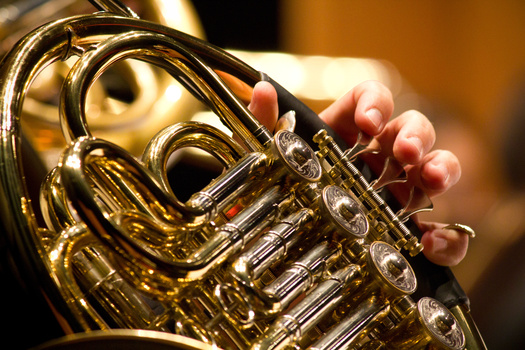
August 23, 2022
Mexico has an incredibly rich culture that’s reflected in its diversity of musical styles. Mexican regional music includes everything from corrido and Norteño to swing cumbia, modern rancheras, mariachi, marimba, and, of course, banda. Banda is becoming one of the most popular types of regional music around the world, especially in South America, and chances are you’ll hear it when you hit the dance floor at Onyx Room, the hottest Latin club in San Diego. Keep reading to learn everything you need to know about banda, including a couple of fun dance steps to try.
Banda’s Origins
Banda was born in Sinaloa, a state in the northwestern region of Mexico, in the middle of the 19th century, when the area experienced a surge in trade along with an influx of European immigrants. These immigrants brought with them their own musical traditions and instruments—most notably, metal instruments with pistons—and soon, local Mexican musicians were integrating German and French folk music influences into their own sound. The banda genre features percussion along with wind instruments, such as clarinets, trumpets, trombones, and tubas. Banda music has evolved over the years, gaining huge popularity in Latin communities.
Dancing to Banda
There’s a special dance associated with banda called quebradita, which means “little break.” In the quebradita, the male dancer lowers his female partner backward to the point where she’s almost touching the floor, and then he pulls her back up quickly (the “little break”). This Mexican-American dance style, which was extremely popular in Los Angeles in the 1990s, was part of a movement ignited by groups such as Banda Machos and Banda Zeta. Their fresh take combined traditional banda styles and stronger, faster beats with lyrics that were all about dancing. The dance style was made especially famous by the regional Mexican subgenre of Technobanda, and popular quebradita groups use electric guitars and synthesizers.
Fans of banda, corrido, and Norteño have created a unique dance style called the banda and corrido dip, and it’s perfect for all three of these lively genres. It’s like salsa in many ways, taking some of its moves from the sexy Argentinian tango. One of these classic moves is the dip. In this version, the lead partner (who can be a man or woman) uses both hands to support the flyer, who, in turn, grabs the partner, and the flyer locks his or her left leg onto the lead partner’s right leg.
You’ll hear banda music and a lot more when you head to the area’s top Latin club. San Diego nightclub goers consistently rank Onyx Room as the best nightclub in town. With multiple rooms and various genres, we’re sure to please both first-time and veteran San Diego clubgoers. Whether you’re looking for the best banda, Top 40, urban Latin, or hip hop clubs in San Diego, we have something to please everyone. Come see for yourself what Onyx Room has to offer. To join the guest list for the night of your choosing or get VIP bottle service and experience why Onyx Room is the best San Diego nightclub, call us at 619-876-8044.
Share This Article
